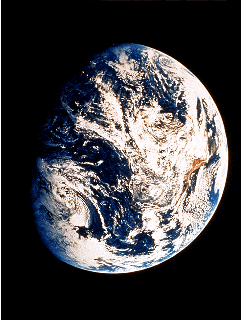This is a view of the Earth.
Click on image for full size
NASA
Pyroxene Minerals
Pyroxene minerals are common in in meteorites and the extrusive igneous rock called basalt. There are many different types of pyroxene including augite, wollastonite, diopside, enstatite, and hypersthene. All of the types contain Si2O6 but some have sodium (Na) while others have iron (Fe), magnesium (Mg), or a combination of these three elements. The general properties of the more common pyroxene minerals, such as augite, are listed below.
- Shape: Orthorhombic or monoclinic
- Luster: Glassy or metallic
- Color: Black
- Streak: White, light green or light brown
- Hardness: 5-6.5 on Mohs Hardness Scale
- Cleavage: Two planes that meet at nearly a 90-degree angle
- Fracture: Most have uneven and brittle fractures.
Last modified April 9, 2003 by Lisa Gardiner.
You might also be interested in:
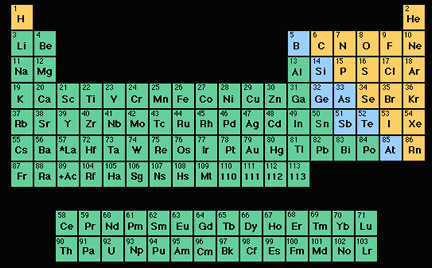
Everything you see around you is made of tiny particles called atoms, but not all atoms are the same. Different combinations of protons , neutrons and electrons make different types of atoms and these
...more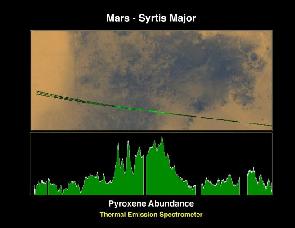
Mars Global Surveyor made a measurement of pyroxene on the surface of Mars. The absence of pyroxene minerals was a puzzlement to scientists studying results returned by the Mars Pathfinder Rover's examination
...more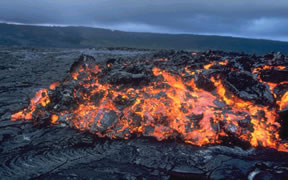
Basalt is a hard, black extrusive igneous rock. It is the most common type of rock in the Earth's crust and it makes up most of the ocean floor. The prevalence of dark minerals such as pyroxene and olivine
...more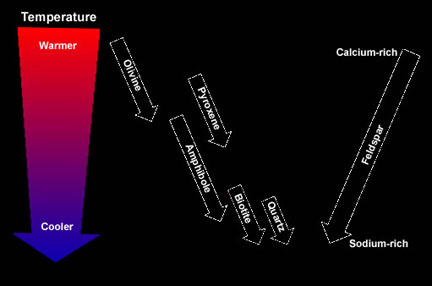
As magma cools slowly, elements within it become chemically bonded forming crystals of minerals. However, not all minerals form at the same time during the cooling process. Some minerals crystallize when
...more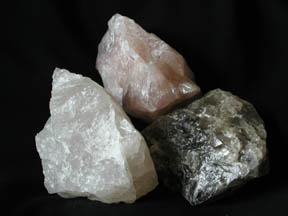
Each type of mineral is made of a unique group of elements that are arranged in a unique pattern. However, to identify minerals you don’t need to look at the elements with sophisticated chemical tests.
...more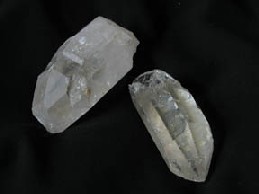
Quartz is the second most common mineral in Earth’s crust. It is a member of the quartz group, which includes less common minerals such as opal, crystobalite, and coesite. Silica (Si) and Oxygen (O) are
...more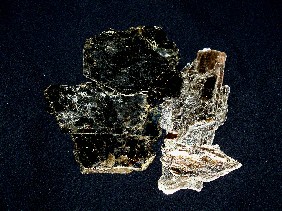
Mica minerals make some rocks sparkle! They are often found in igneous rocks such as granite and metamorphic rocks such as schist. They sparkle because light is reflected on their flat surfaces, which
...more


